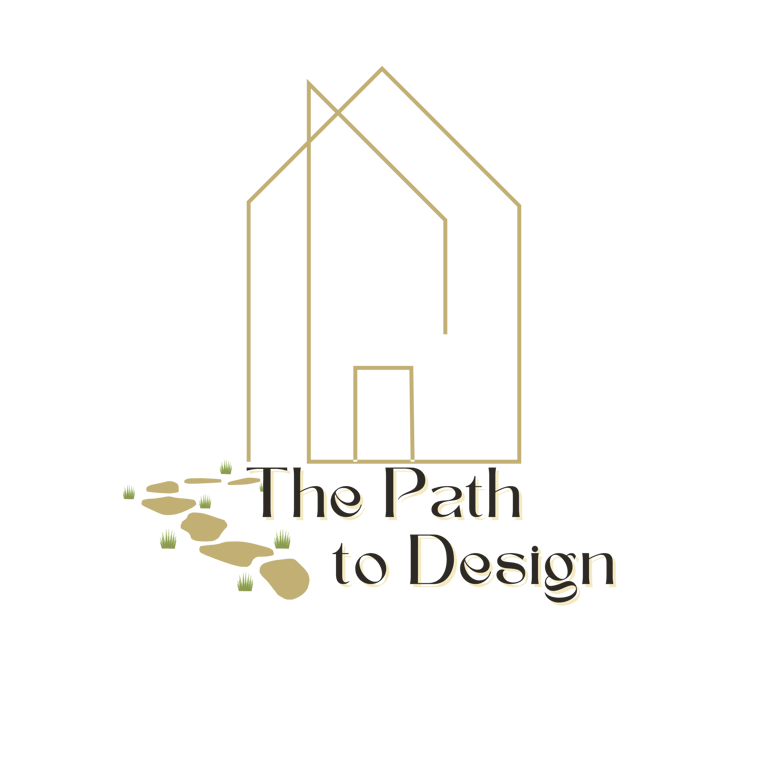The Importance of Space Planning: A Comprehensive Guide to Creating Functional Floor Plans
Learn how to plan your space. This guide covers key steps to create functional, comfortable floor plans that match your lifestyle and make every room work better.
by Natasha Del Brocco
2/10/2025
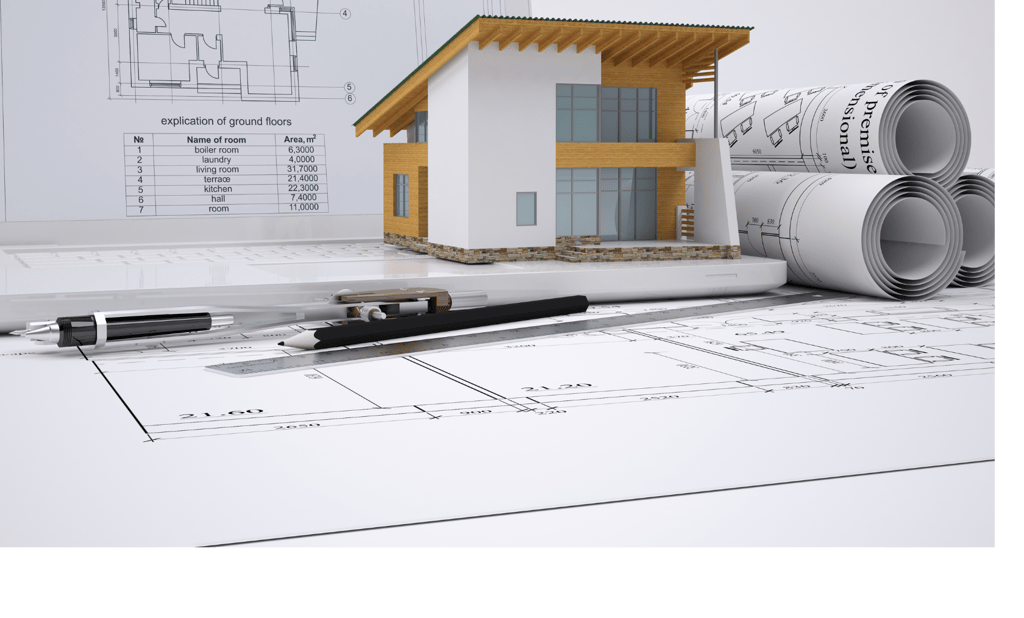

Understanding Space Planning
Space planning is a key part of interior design. It means organizing and arranging rooms in a way that makes them practical and easy to use. Good space planning helps make the most of every area while also thinking about how people will use and move through the space. It brings together important ideas like how well a space works, how people move around, and how the space looks and feels.
Usability means making sure a space works well for its purpose. For example, in a home, a living room should be arranged to support family time and conversation. In an office, space should help people work together.
Flow is is another vital principle in space planning. It is about how people move through a space. A good layout makes it easy to walk around without bumping into things or feeling crowded.
Aesthetics also play an important role in space planning. It refers to how a space looks and feels. The visual appeal of a space can significantly influence the mood and experience of its users. Effective space planning incorporates principles of design, such as balance, proportion, and harmony, to create a cohesive environment that resonates with its occupants.
Benefits of effective Space Planning
Effective space planning has many benefits:
Productivity. An optimized layout supports smooth, focused activity.
Another benefit of effective space planning is enhanced comfort. A well-planned space considers, not only the physical dimensions but also the psychological needs of its users. Comfortable environments can significantly impact an individual’s mood and performance. For instance, incorporating natural light and comfortable furnishings can create a welcoming atmosphere.
Effective space planning can also increase property value. Property owners who invest in thoughtful design and planning often find that their spaces attract more interest in the market. A well-organized space demonstrates efficiency and purpose, making it more appealing to potential tenants or buyers.
Finally it helps to maximize space by carefully analyzing areas, dimensions and create smart layouts that are practical for daily use, leading to innovative solutions that optimize every square foot, balancing beauty with practicality.
Elements of Space Planning
There are several key elements that contribute significantly to effective space planning, ensuring that environments are both functional and aesthetically pleasing. These elements include: the precise Dimensions of the space, the Types of Furniture selected, Circulation Patterns within the area, and various layout styles utilized.
Firstly, understanding the dimensions of a space is a priority. Accurate measurements allow for the design of a floor plan that optimizes room efficiency while accommodating the needs of its users. This includes recognizing ceiling heights, wall lengths, and the overall footprint of the design area.
Secondly, the types of furniture incorporated into the design are very important. Selecting pieces that fit both the aesthetic and functional requirements is crucial. For instance, modular furniture can provide flexibility, while ergonomic designs can enhance comfort and productivity. Each piece must be thoughtfully chosen.
Circulation patterns are another vital aspect of space planning. This element allows a natural flow of movement through a space, guiding how individuals move and interact with their environment. A well-considered circulation pattern avoids tight spaces and helps people feel safe and free to move.
Finally, the layout styles applied to a space can drastically influence its functionality and visual appeal. Whether it’s open-plan or divided into separate areas, the layout should match the needs of the people using it. For example, an open layout is great for socializing, while a segmented one offers more privacy.
Creating a Functional Floor Plan involves several Key Steps:
The first step in this process is to understand the space. Consider the purpose of the space, understanding the specific needs of the users will significantly influence the design.
The next step is to take precise measurements. Accurate measurements are crucial as they determine the layout of furniture and other fixtures within the floor plan. I advise to measure not only the dimensions of the room but also the heights of ceilings and placement of doors and windows.
Then, draw a basic floor plan. Use graph paper or digital tools for a scale drawing.
To make your layout real, use design software. There are many easy-to-use programs for 2D and 3D models. These tools let you see your design and make changes before you start.
After assessing the space and taking measurements, the next step is to explore different floor plan styles and layouts. There are many popular types of layouts, including open floor plans, An open floor plan works well for social spaces, while separate rooms work better for privacy or focused work. It is important to select a style that aligns with the intended use of the space.
This plan is key for a successful design. By following these steps and using available resources, you can make a detailed space plan.
Learn more about Key Measurement Terms
Before you can plan a space effectively, you need to understand some basic measurement concepts.
Three important terms to know are Square Footage, Perimeter, and Dimensions.
Square footage tells you the total area of a room. It’s calculated by multiplying the length of the room by its width. This helps you understand how much usable space you have for furniture and activities.
Perimeter is the total distance around the room, found by adding together the lengths of all four walls. Knowing the perimeter is helpful when planning to add trim, baseboards, or wall treatments.
Dimensions usually refer to the room’s length and width, but in design, height is also a key factor, especially when considering lighting, tall furniture, or storage solutions.
Tools You’ll Need
Tape measure
Notepad or note-taking app
Level [for hanging or installing items]
Graph paper or space planning App
Laser distance measurer [optional, but excellent for precision]
Knowing how to use these terms and tools correctly gives you confidence when assessing any room and sets the stage for smart space planning.
POCKET-SIZED LASER DISTANCE MEASURE
Analyzing Room Features and Layout Flow
Next, assess how fixed features in the room impact your design
Windows
Windows affect natural light, temperature, and how furniture is arranged. Note:
Size and shape
Height from the floor
Direction they face [for light and heat considerations]
You might want to place seating near a beautiful view or avoid placing tall furniture that blocks sunlight.
Doors
Pay attention to:
Swing direction [inward or outward]
Entry and exit points
Traffic flow through the room
Ensure pathways remain clear and comfortable—especially between doorways and common-use zones.
Built-ins and Architectural Elements
Cabinets, radiators, columns, and fireplaces add character but limit flexibility.
Always incorporate these early to avoid design clashes later.
Furniture Placement Strategies
Effective furniture placement is important for maximizing space and for the overall functionality and design of a room. To achieve a harmonious balance between aesthetics and functionality, it is important to consider strategic guidelines when arranging furniture.
The flow of movement within the space. Ensuring that pathways are left clear and that occupants can move around a room comfortably, which is especially vital in high-traffic areas such as living rooms and hallways.
Creating conversation and interaction areas among users, arranging seating areas where chairs and sofas are facing one another. When selecting seating arrangements, consider the scale of the furniture in relation to the space.
Accessibility is also key when arranging furniture. It should be placed to ensure easy access. For example, placing side tables within reach of seating areas allows comfort. Avoid blocking windows, doors, or heating sources, airflow and natural light.
Common mistakes in furniture placement often involve:
Overcrowding a room or not considering the purpose of each space.
Not considering the scale and proportion of furniture. This leads to an unbalanced appearance.
Incorporating Storage Solutions. When planning your space, the right storage is key. It keeps your area organized and looks good. It also makes your space more functional.
Types of Storage Options
There are many storage options for your space. You can pick from styles that hide or show off your storage. This includes everything from hidden spots to eye-catching units.
Hidden storage compartments that blend seamlessly into your decor
Decorative storage units that add to the aesthetic of your space
Multi-functional furniture pieces that offer storage and serve other purposes
Smart Storage Tips
Here are some smart ways to use storage:
Utilize vertical space by installing shelves or storage units that go up to the ceiling
Opt for multi-functional furniture that serves more than one purpose, such as a storage ottoman or a coffee table with storage.
Keep frequently used items in easy-to-access locations, and store less frequently used items in harder-to-reach areas or labeled containers.
By using these storage tips, you can make your space more organized and beautiful. It will meet your needs and show off your storage.
Tools & Resources or Space Planning
Space planning is a critical aspect of interior design that ensures the efficient use of available space while keeping functionality and aesthetics in mind. Fortunately, there are numerous tools and resources available to assist both new and experienced planners in creating effective floor plans. One of the most significant advancements in space planning is the rise of specialized software applications designed to simplify the design process.
Popular software user-friendly platforms like RoomSketcher and Floorplanner, provide pre-designed templates and drag-and-drop features for people without design experience, simplifying the process of planning flow and the arrangement of furniture and fixtures.
Websites such as Houzz or Pinterest provide design inspiration, showcasing various styles, furniture choices & color schemes.
Incorporating these tools and resources not only simplifies the design process but also improves the overall quality of the space planning effort. They help you plan smarter and design spaces that look great and work well.
What’s Next?
Now that you’ve learned the fundamentals of space planning, how to:
✅measure your room
✅analyze its features
✅sketch out functional layouts....you’re ready for the next step.
In our next Post, we’ll dive into the Elements of Interior Design: how to turn your layout ideas into purposeful, beautiful spaces that truly support your lifestyle.
You’ll learn how to:
Map out zones for daily activities
Arrange furniture to enhance both comfort and movement
Create visual balance and flow between rooms
It’s where form meets function—and the magic of home design begins to take shape.
Bonus: Get My Free Space Planning Toolkit!
Want to make this process even easier?
Download my printable room measurement sheet + sample floor plan to start planning like a pro.
➡️ Click here to download it now
💬 Let’s Chat
Which part of this post helped you the most—or surprised you?
Share your layout sketch or mood board. I’d love to see how you’re bringing your vision to life!
💌 Don’t Miss my Inspirational Emails
Join The Path to Design Weekly and get each insights delivered straight to your inbox. You’ll receive bonus Printables, Checklists, and Design Tips that make every step of your home journey feel doable (and exciting!).
Happy Decorating!
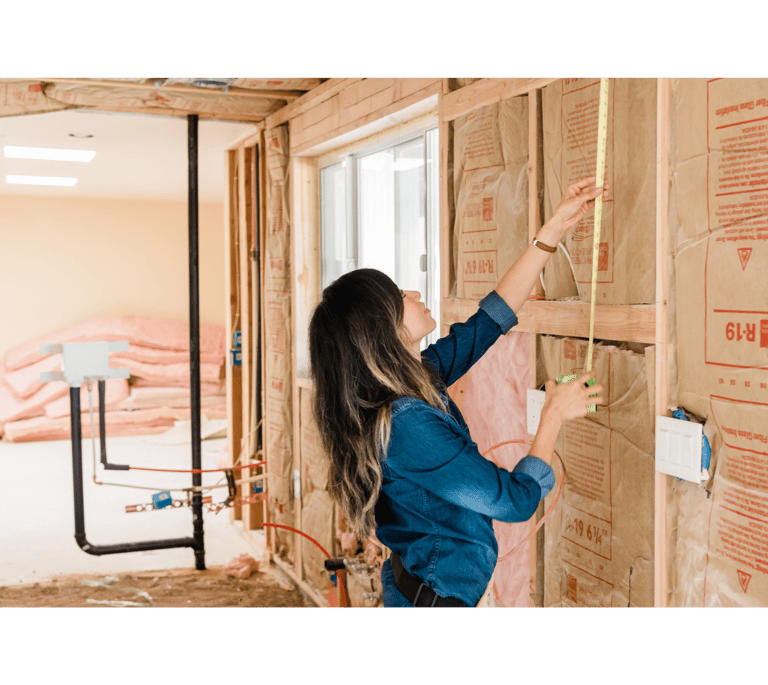

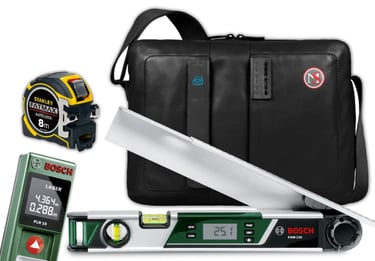


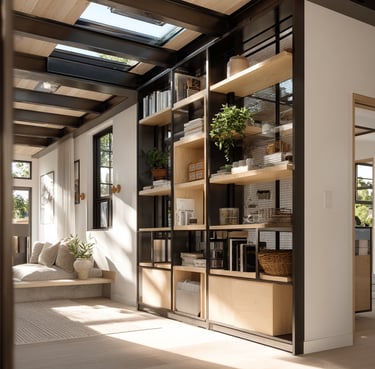
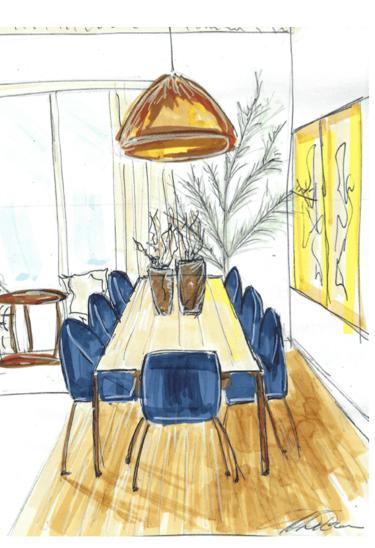









I am Natasha Del Brocco, interior designer, founder of HomeValley Interiors & of ‘The Path to Design" Hub. I am passionate about creating homes that Feel as good as they look. With a love for Nature, Art, and Animals, I help home lovers like you design beautiful, functional, and pet-friendly spaces that reflect who you are. Through my blog and eBooks, I share expert advice, smart solutions and inspiring ideas to help you fall in love with your home all over again.
Disclaimer: This site includes affiliate links that may earn me a commission at no additional cost to you. I only recommend products I truly believe in and that can make your home more beautiful and functional.

What I Do
natasha@thepathtodesign.com
Join my Email List for Inspirational & Strategic Newsletters
Who I Am
